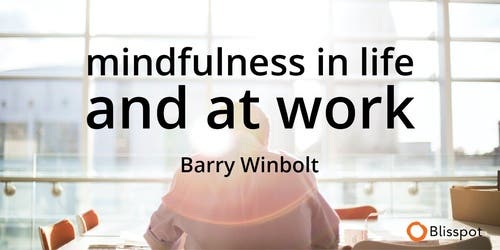For the most part, it isn’t in our nature to like uncertainty. We tend to like things to be tidy and known. We are also, for the most part, good at problem-solving.
Yet we can easily become trapped in a mire of indecision about the smallest things. A tendency to over-think things can escalate uncertainty to indecision, worry, and even anxiety.
Breaking the cycle
Over-thinking can lead to a self-perpetuating cycle of doubt and uncertainty. Sooner, rather than later, decisions must be made if you want to move forward.
The ability to look at things in detail, from many different angles and theorise about potential pitfalls and outcomes can be very useful as far as it goes, and when it leads to meaningful action.
Paralysis by analysis
But over-thinking can mean that you get locked into ‘paralysis by analysis’. This happens when decision-making is forestalled by the need to think long and hard about every aspect. Few things in life need painstaking analysis, and it causes problems when you start to treat everything the same way.
The right way to do things
For example, there usually isn’t a single ‘right way to go about something and, since we can’t see into the future, no one can be expected to make good choices all the time. Choice is fraught with risk. We can sometimes reduce the risk of making a mistake by exercising our judgement. But judgement can be unreliable too; sooner rather than later you have to stop analysing and make your decision.

Different strokes for different situations
Let’s assume for a moment that different decisions need different tactics. You make hundreds of decisions a day, most of them you never think about (sugar/no sugar in coffee; move right/left to avoid an obstacle, greet/don’t greet a friend or colleague).
Call this category ‘A’ dilemmas. Other decisions you do think about, and it is these that can cause the problem. These tend to be the so-called ‘bigger’ choices (holiday destination; to date/don’t date; leave/stay etc). These I’ll call category ‘B’.
Problems with over-thinking arise when we treat items that should be in category ‘A’, as though they are in category ‘B’. We confuse mundane decisions with major, life-changing ones. This gets more tricky when you consider the sort of choices where you won’t know the outcome for a long time, or ever (the ‘right’ way to parent, the ‘best’ service provider).
Move the bar
The answer to this conundrum is to realise that, if you want to reduce anxiety and worry, you need to be comfortable with uncertainty. Accepting this, and adapting, will mean that you can put more things into category ‘A’, with the ‘automatic’, unthinking decisions. Save the deliberations for the major decisions.
On a bad day
For many of us, this invisible dividing line between the categories moves by itself. For example, when we are stressed, tired or worried about something else, even the small automatic decisions can tie us up in knots (what to wear; a second glass; walk/drive). The answer here is to recognise that on a bad day we can find routine decisions harder to make. This, of course, produces another choice (worry some more or put the decision off for another day).
Problems with over-thinking arise when someone loses the ability to turn the thinking into action.
Over-thinking
In the final analysis, we all have to live with the decisions we make. We can use wise judgement if we have it, but we can never eliminate the risk of getting it ‘wrong’. That being the case, maybe the real problem is that we get so easily caught up with getting it right or wrong.
One answer to that would be to remove those two headings and simply make decisions based on instinct. The unconscious mind is looking out for us, so maybe going with intuition is something we could do more often. (There’s a proviso here: In the words of one wag “If you are a stupid person your intuition is probably stupid too”).
Problems with over-thinking arise when someone loses the ability (or has never developed it), to turn the thinking into action or, if no action is appropriate, to simply say “Let it go”.
When you can do that, you’ll also be able to say “And the fears that once controlled me, can’t get to me at all”, just like it says in the song.

To learn more about how to let it go see: Mindfulness in Life and at Work









